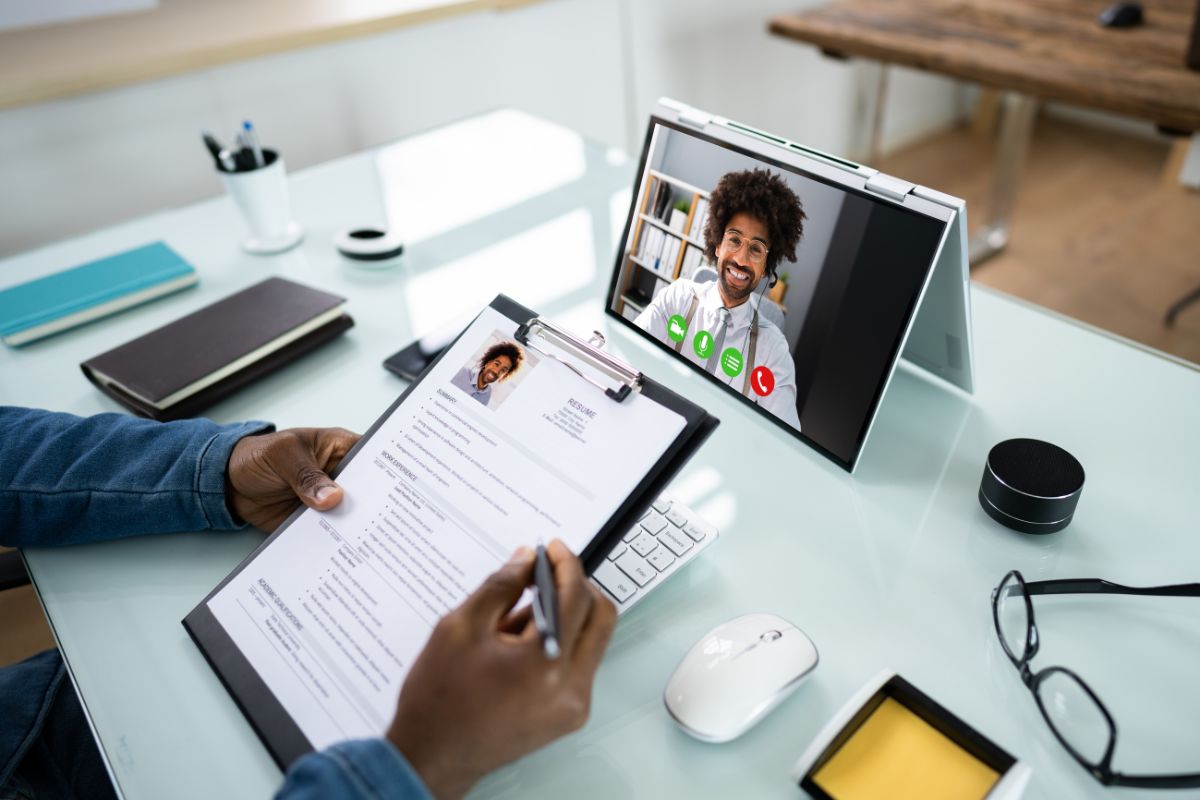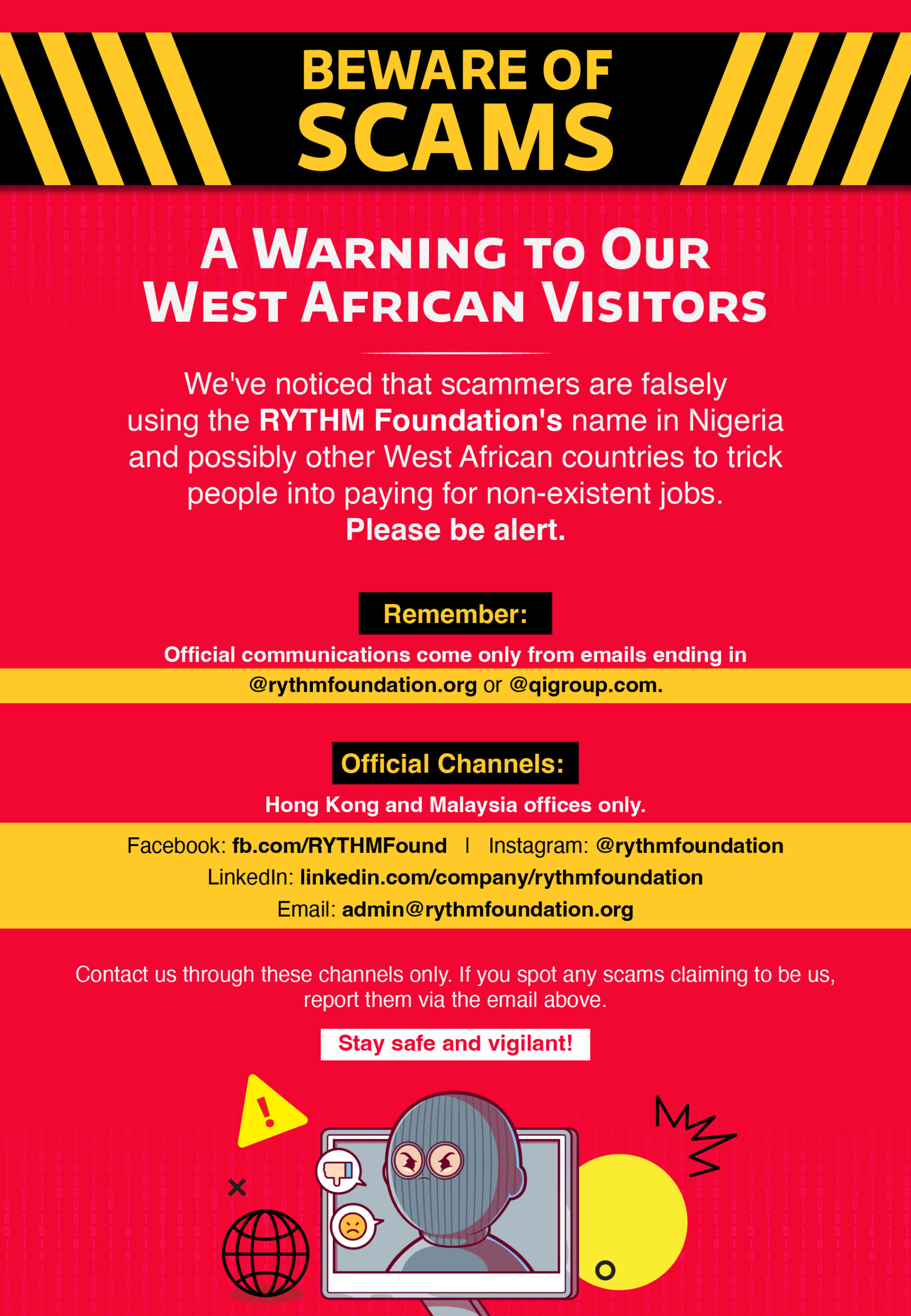Neurodiversity describes the natural variations in how people think, learn, and solve problems, including autism, ADHD, and dyslexia.
Around 10 to 20% of the workforce is neurodiverse, yet employment gaps remain steep. A strong neurodiversity hiring program directly addresses these gaps by creating workplaces where different ways of thinking are genuinely valued.
The Value of Neurodiverse Talent
Research published by Harvard Business Review shows that cognitively diverse teams, including neurodiverse individuals, are 30% more productive than neurotypical teams.
Companies like Microsoft, SAP, and JPMorgan Chase have reflected this advantage in their hiring playbook, demonstrating how neurodiverse talent, including individuals with autism and ADHD, strengthens business performance.
These organizations show that neurodiversity hiring programs result in better problem-solving, increased innovation, and improved workplace culture, all contributing to an organization’s long-term success.


Best Practices for Developing a Neurodiversity Hiring Program
1. Craft inclusive job descriptions and brand messaging
Candidates start assessing inclusion before they apply, and the words you choose shape that perception. Avoid vague requirements like “excellent interpersonal skills” that may quietly exclude neurodivergent workers.
Use direct language that highlights your commitment to access and inclusion, focusing on essential skills and openness to different communication or work styles. This sets the tone for a more inclusive workplace from the very start.
2. Design accessible application and assessment processes
Complicated applications discourage talented neurodivergent candidates. Long forms, unclear instructions, or rigid steps can block qualified applicants before they even reach the interview stage.
Streamline forms, use plain language, and offer options like virtual interviews or project-based submissions. Clearer application procedures will increase the likelihood that neurodiverse candidates apply and perform well in the recruitment process.
3. Adapt interview environments and formats
High-stimulus settings often disadvantage neurodivergent candidates. Interview rooms filled with noise or crowds create barriers unrelated to a candidate’s true abilities.
Offer quiet spaces, flexible online formats, and practical skill assessments to level the playing field. Inclusion means meeting candidates where they are, not testing how well they mask discomfort.
4. Provide supportive onboarding and mentorship
Mentorship programs designed with access and inclusion principles make neurodiversity hiring programs sustainable rather than symbolic.
Offer onboarding materials in different formats—written, visual, and interactive—to match diverse learning preferences among neurodivergent workers.
Introduce clear role expectations, internal support systems, and accessible points of contact from day one. Pairing new hires with mentors who understand neurodivergence strengthens belonging from the start.
5. Build neurodiversity awareness across the organisation
Hiring playbook strategies succeed when workplace culture adapts alongside hiring efforts. Without broad awareness, even the best hiring programs lose momentum.
Hold regular education sessions, integrate discussions about cognitive diversity into leadership, management, and team practices to help create environments where neurodivergent workers are respected and understood.
6. Set neurodiverse workers up for continued success
Increase accessibility in all aspects of the workplace, from digital tools to physical spaces, ensuring neurodivergent employees can perform at their best.
Create flexible workspaces that meet sensory needs to provide a better environment for neurodiversity at work.
Extend support through ongoing mentorship and tailored resources, including clear career pathways so they thrive long-term.
The Future of Inclusive Work
A strong neurodiversity hiring program gives more people the chance to bring their strengths to work without hiding who they are. It turns hiring into an act of recognition, not judgment, and builds an inclusive workplace culture where different ways of thinking are part of everyday progress.
Choosing inclusion means opting to see potential where others might overlook it. Over time, these choices shape organizations where contribution is measured by what people can do, not by how closely they fit a single idea of success.
Join RYTHM in championing neurodiversity at work. Read about how we advocate for diverse and inclusive workplaces here.





